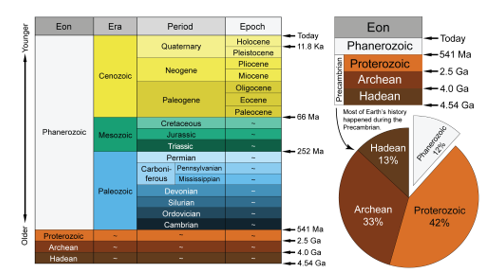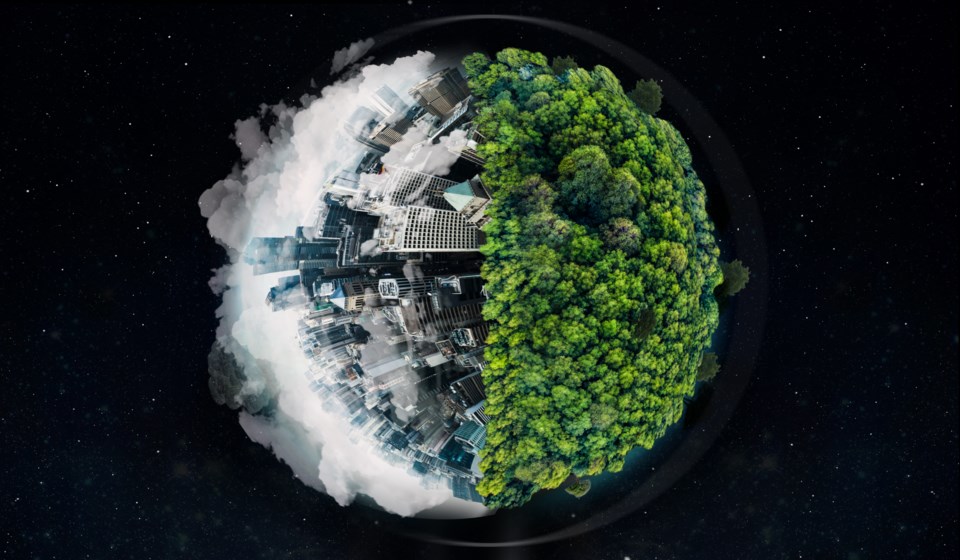Editor's note: Yes, it is true...Richard Dowson divulged that this was his first attempt to use Artificial Intelligence to help write this article on Climate Change. There is no deception intended. We apologize for not including this information in the original article when published.
(Artificial Intelligence was used in the preparation of this article.)
Logic says the Climate in Saskatchewan is warming. If it was not, Moose Jaw would still be under about a Kilometre of Glacial Ice.
Glacial periods involve alternating cycles of cold and then warm interglacial periods, followed by another glacial period. This resulted in the expansion of massive ice sheets and then the melting of these ice sheets. Warming is slow because the ice reflects sunlight. Warming and cooling periods could occur about every 40,000 to 100,000 years.
It is estimated that the last Glaciation of what is now Saskatchewan peaked about 25,000 years ago and ended about 11,700 years ago.
Ice sheet movement had a profound impact on Saskatchewan’s landscape, leaving features, such as drumlins, eskers, moraines, and glacial stream channels. Signal Hill in Weyburn is a Drumlin. The Qu’Appelle Valley is the remnant of a ‘stream’ channel.
The Dirt Hills and Cactus Hills south of Moose Jaw are ‘terminal’ glacial features. Another feature, the ‘sand dune’ like landscape near Besant. The flat land to the east of Moose Jaw was Glacial Lake Regina.
Geologic Time – A Guideline for Understanding
Geologic Time is divided into: ‘Eon’, ‘Era’, ‘Period’ and ‘Epoch’.
The last series of Major Ice Age ‘events’ in Saskatchewan began during the Cenozoic Era; the Quaternary Period, the Pleistocene Epoch, 2.5 million years ago. There were at least 4 glacial ‘events’ – a series of climate cooling, warming, cooling and warming – during the Pleistocene Epoch, also called the Quaternary Ice Age.
The last Pleistocene glacial ‘event’ in Saskatchewan marked the end of the Pleistocene Epoch. Geologic time in Saskatchewan today is: Cenozoic Era, Quaternary Period, and the Holocene Epoch. (In case someone asks.)
Because of the cooling and warming cycles during the Quaternary Period, a person could argue that today Saskatchewan is in an ‘inter-glacial’ period. Whatever the case, Saskatchewan is still warming.

Global Warming Today in Saskatchewan
Global Warming is a regular geologic cycle. Check out Muilutin Milankovic, a Serbian Astro-physicist who researched the ‘earth wobble’ and its effect on climate.
Human Behaviour Adding to the Warming Cycle
In previous Climate Cycles, organized human civilization was not a problem. Now Humankind is. People live in big bunches. Their vehicles, the main source of our pollution, spew choking amounts of carbon pollutants into the atmosphere daily. The largest polluters in Canada are the regions with the largest number of vehicles.
Consider Toronto as an example. More vehicles drive through the Weston Road intersection on the 401 Highway in Toronto in one day than are registered in Saskatchewan. All spewing pollutants. That’s a big change from 10,000 years ago – or even 100 years ago.
Conclusion
Climate Change and Climate Warming are normal cycles in Geological Time.
Humankind is now increasing the speed of the Warming Cycle.
Canada’s big polluters are: Southern Ontario, Southern Quebec, the B.C. Lower Mainland – and, in Alberta, the Edmonton-Calgary corridor.
The views and opinions expressed in this article are those of the author, and do not necessarily reflect the position of this publication.




